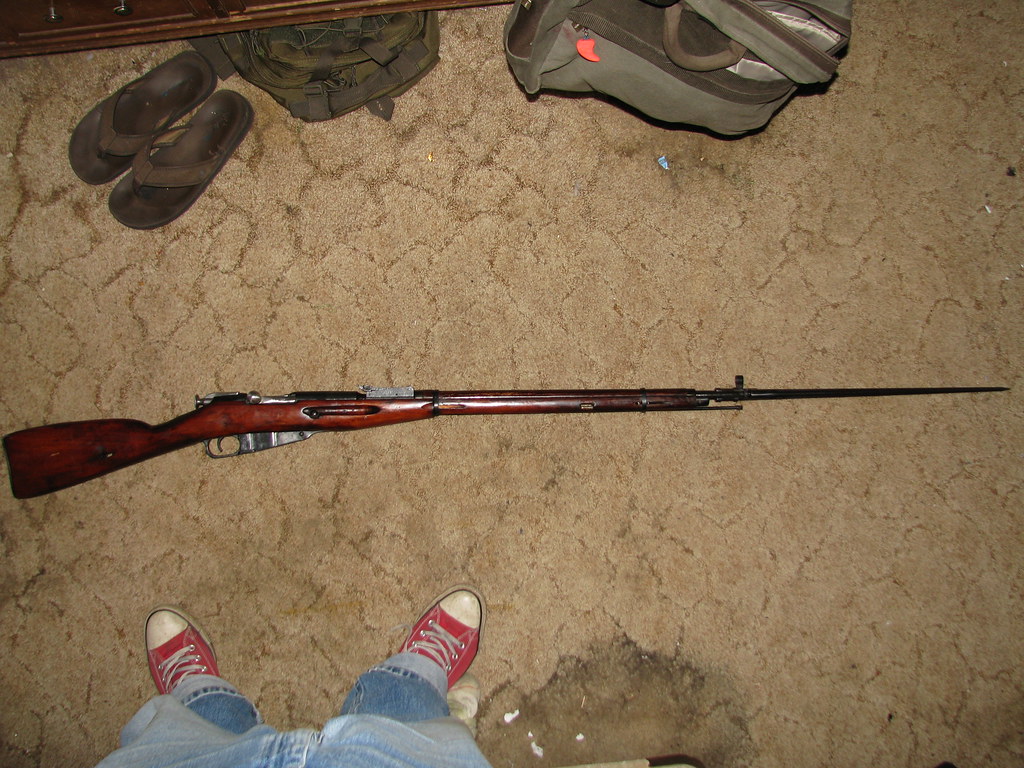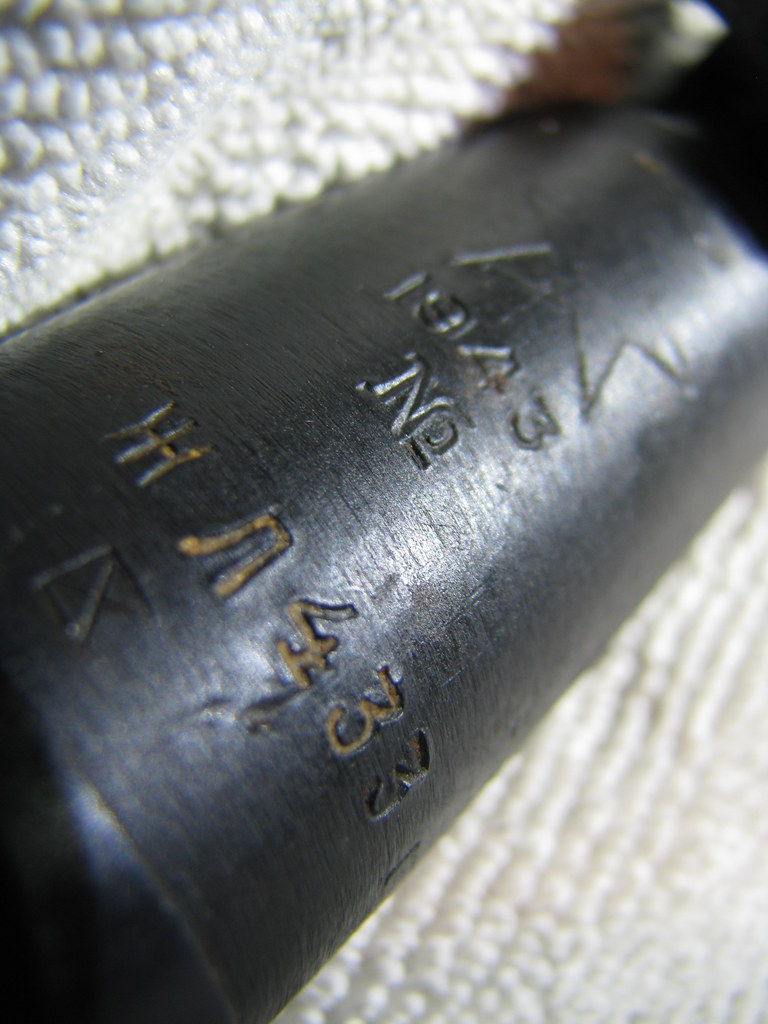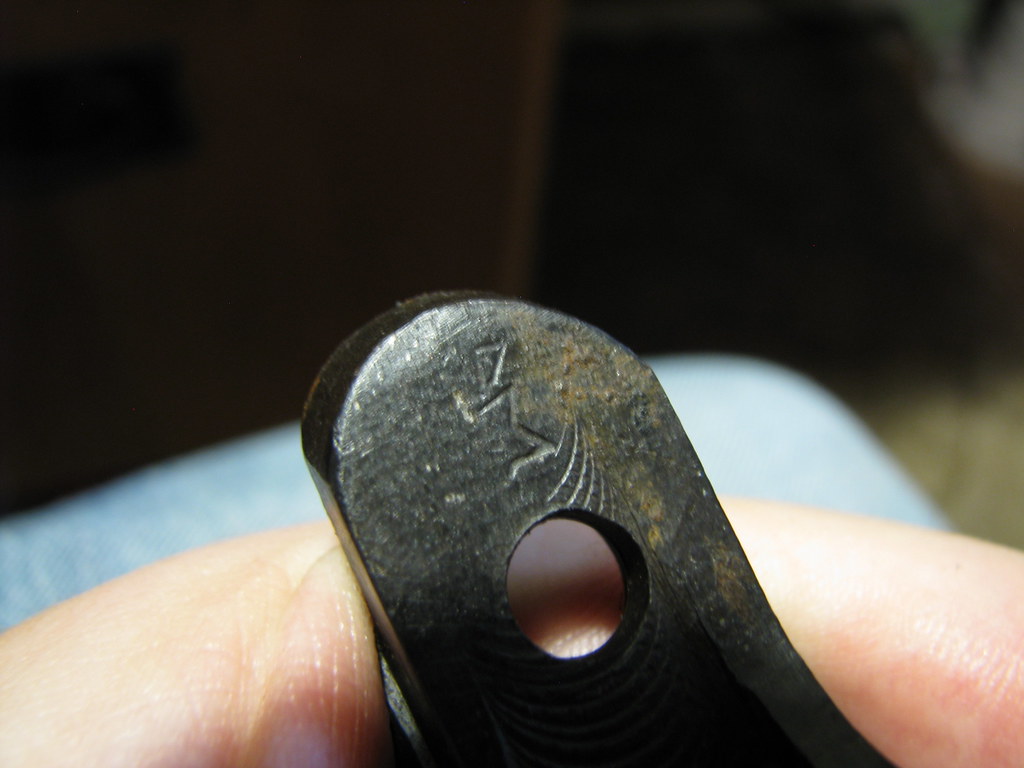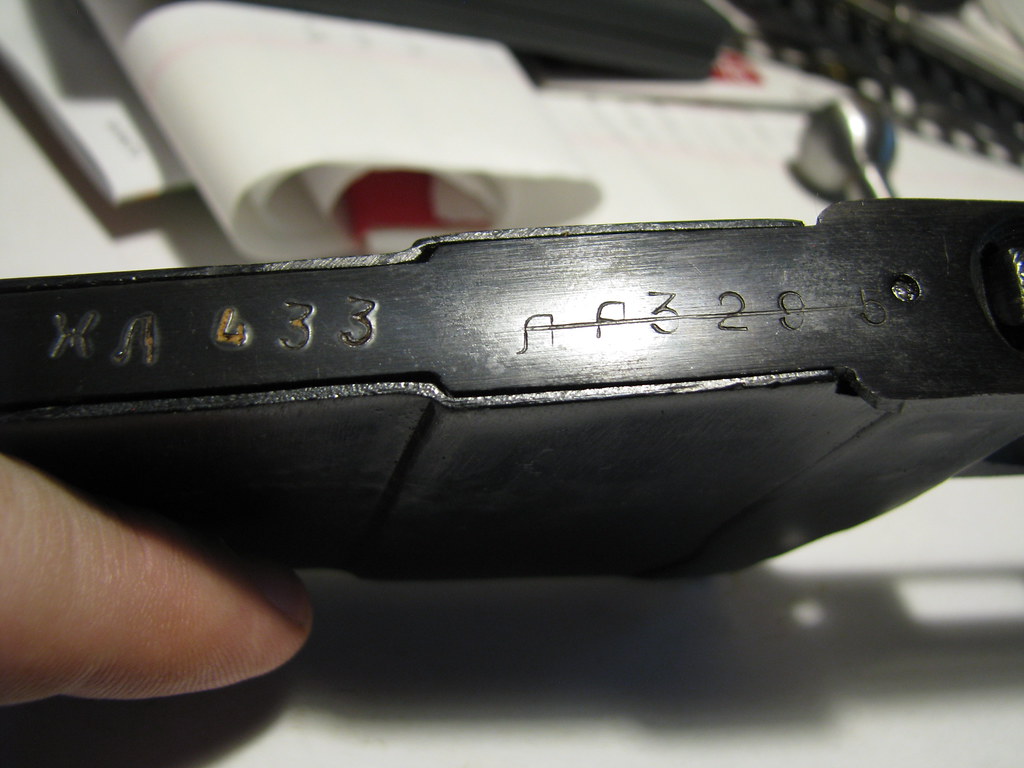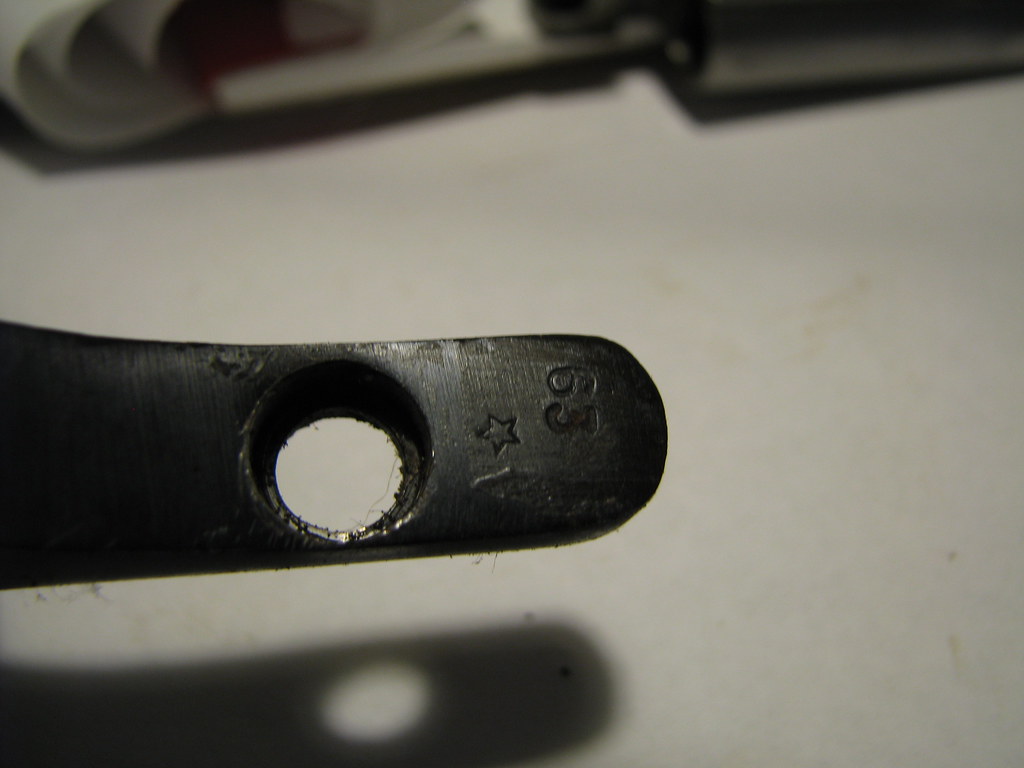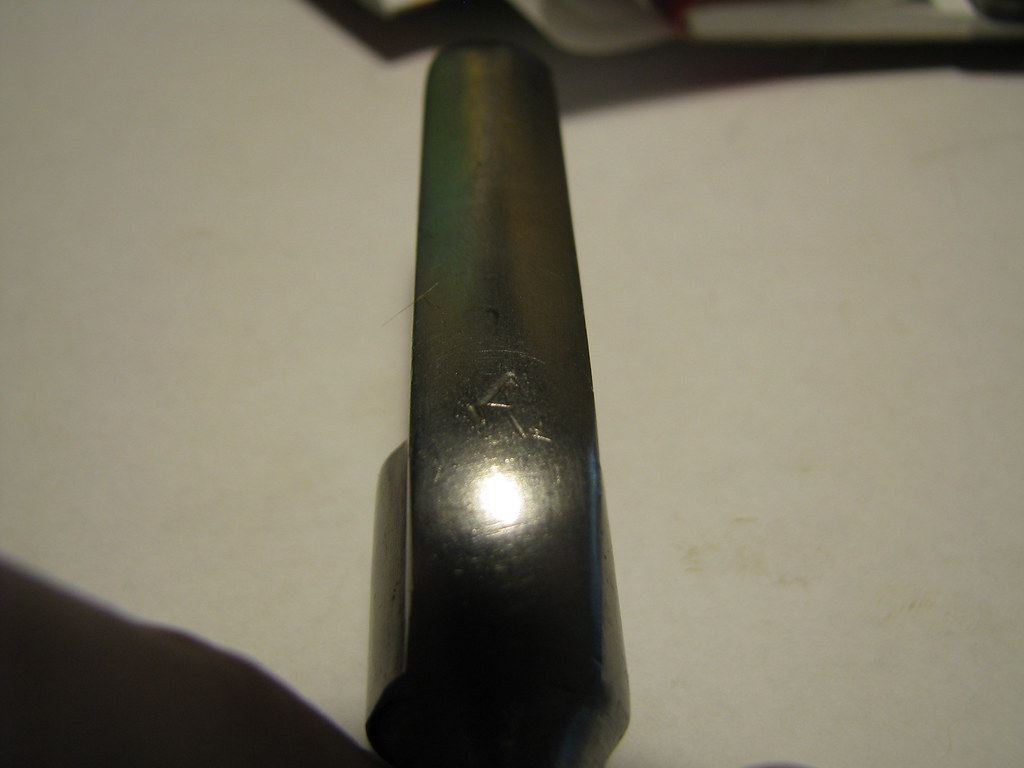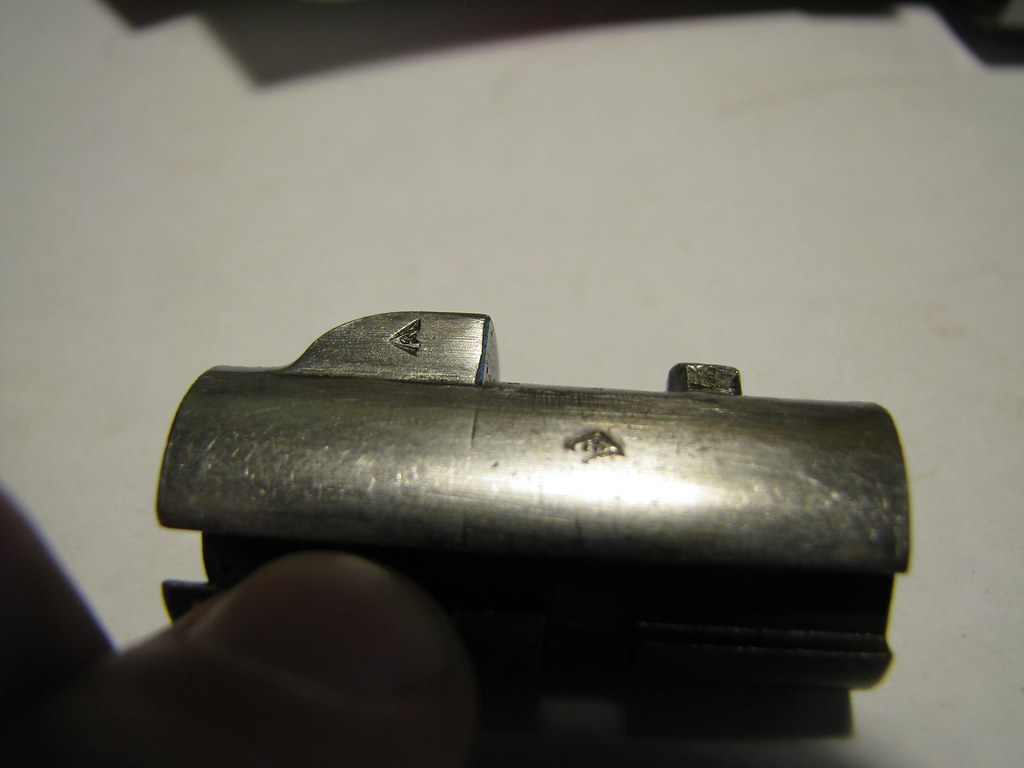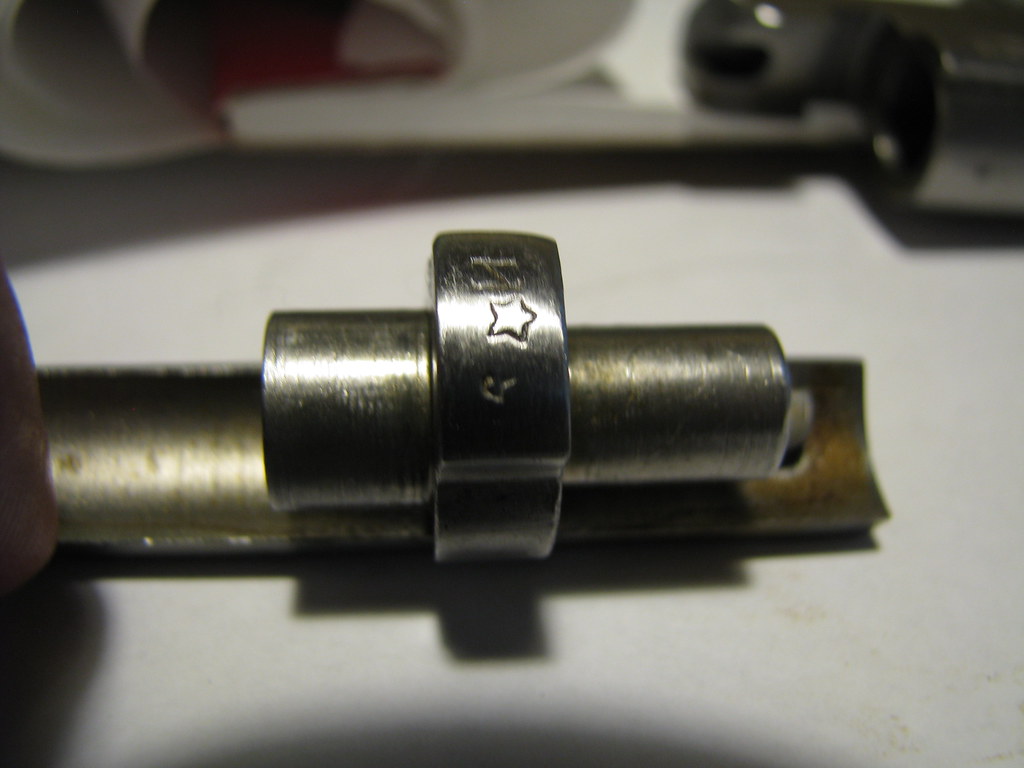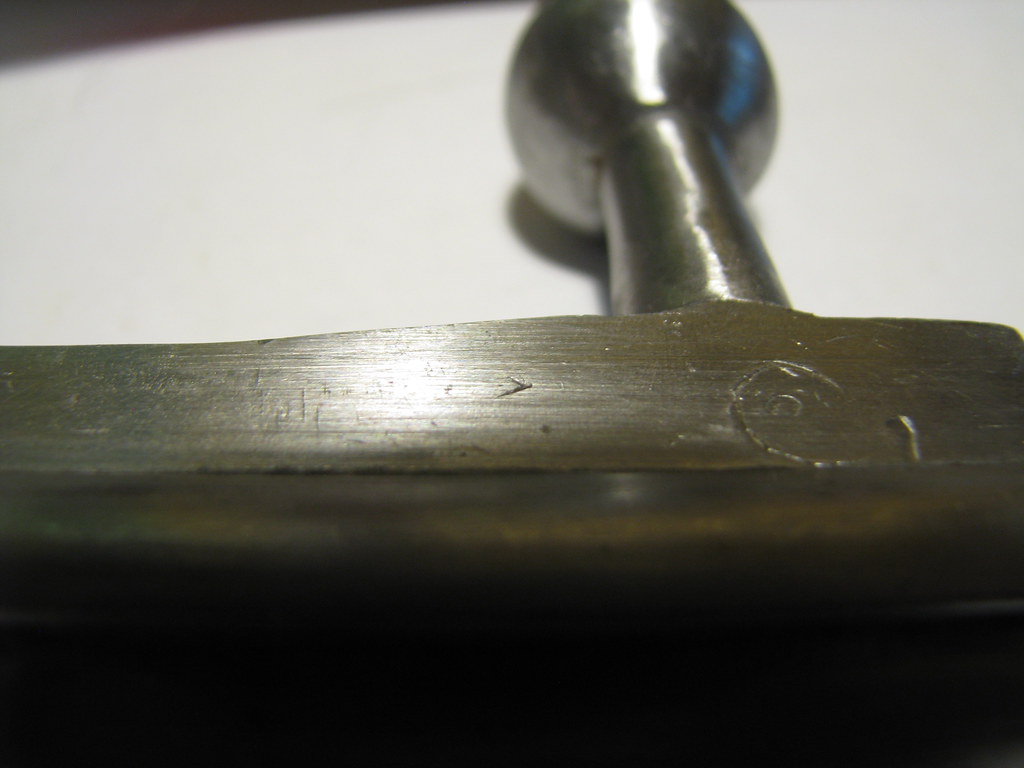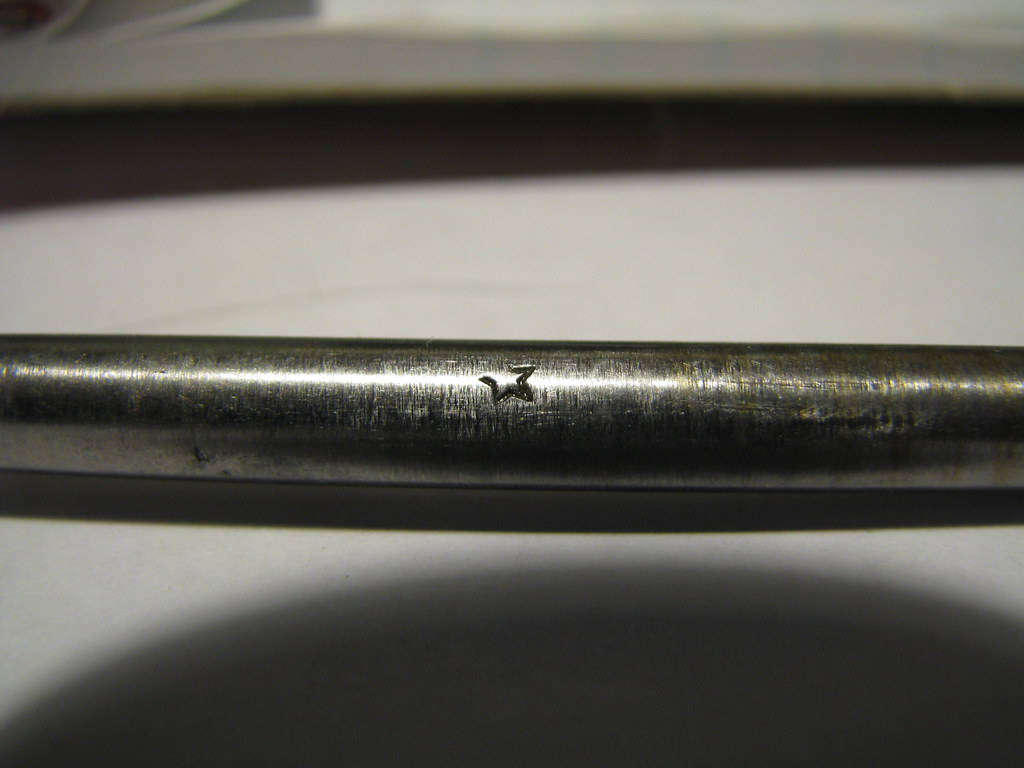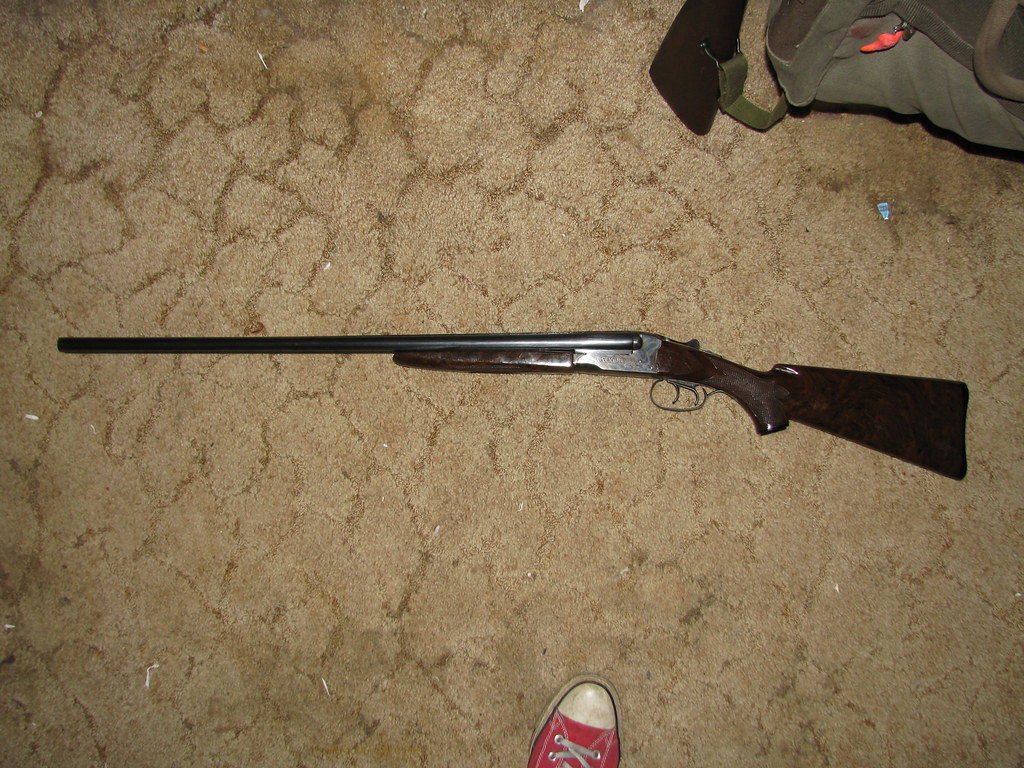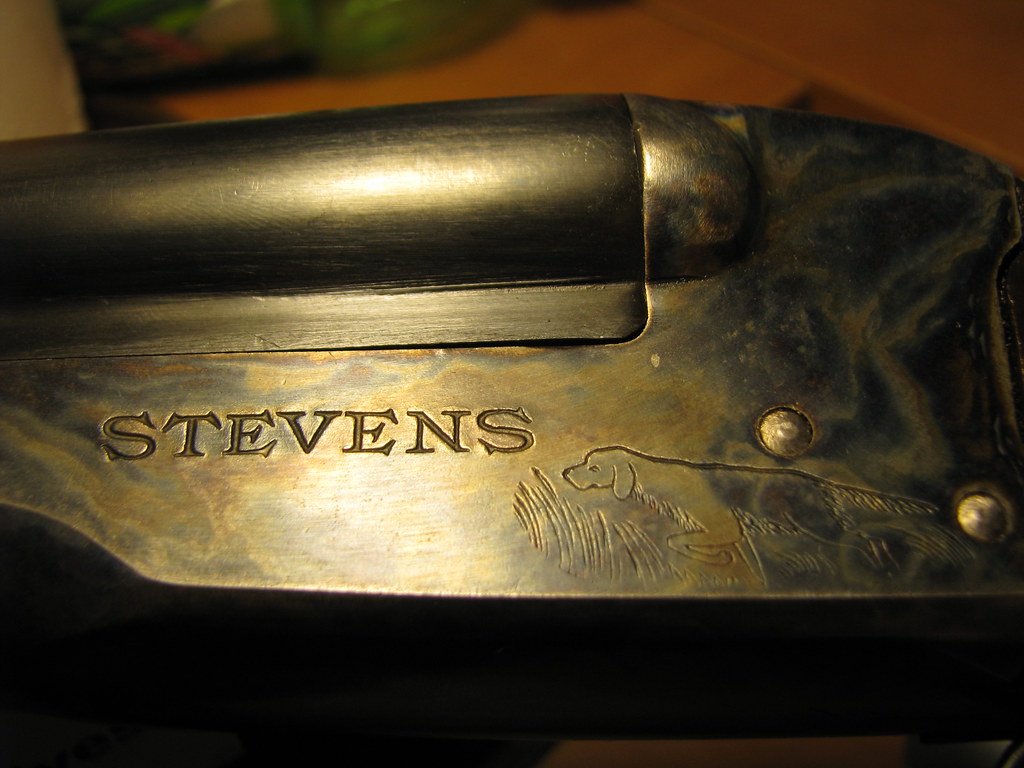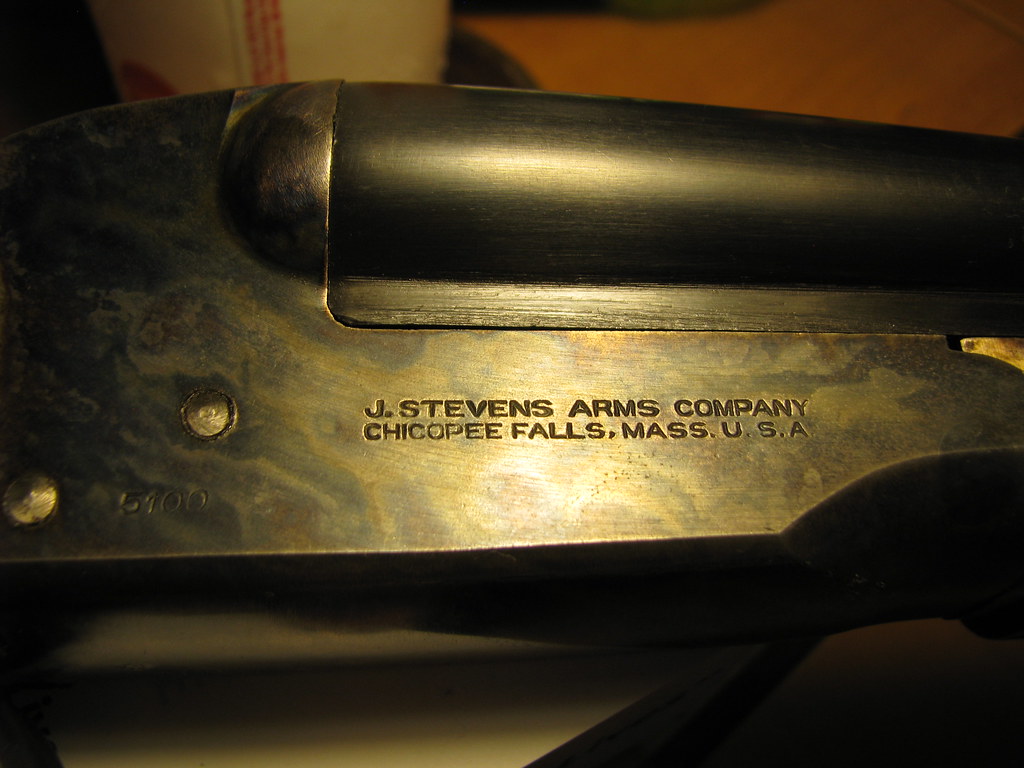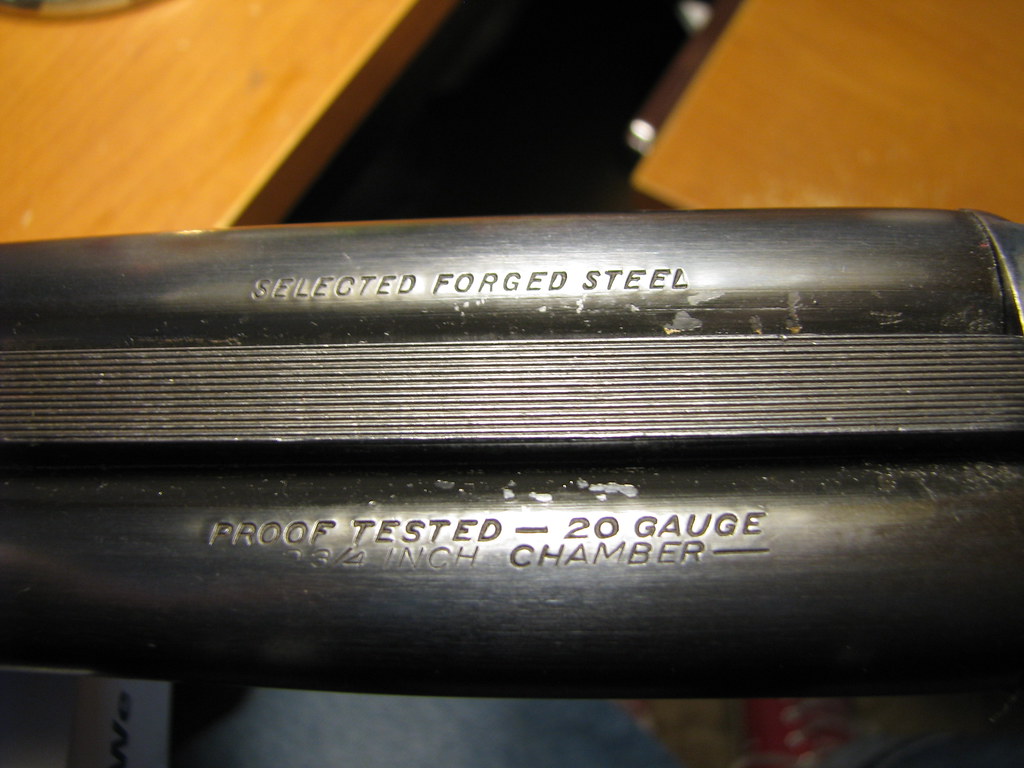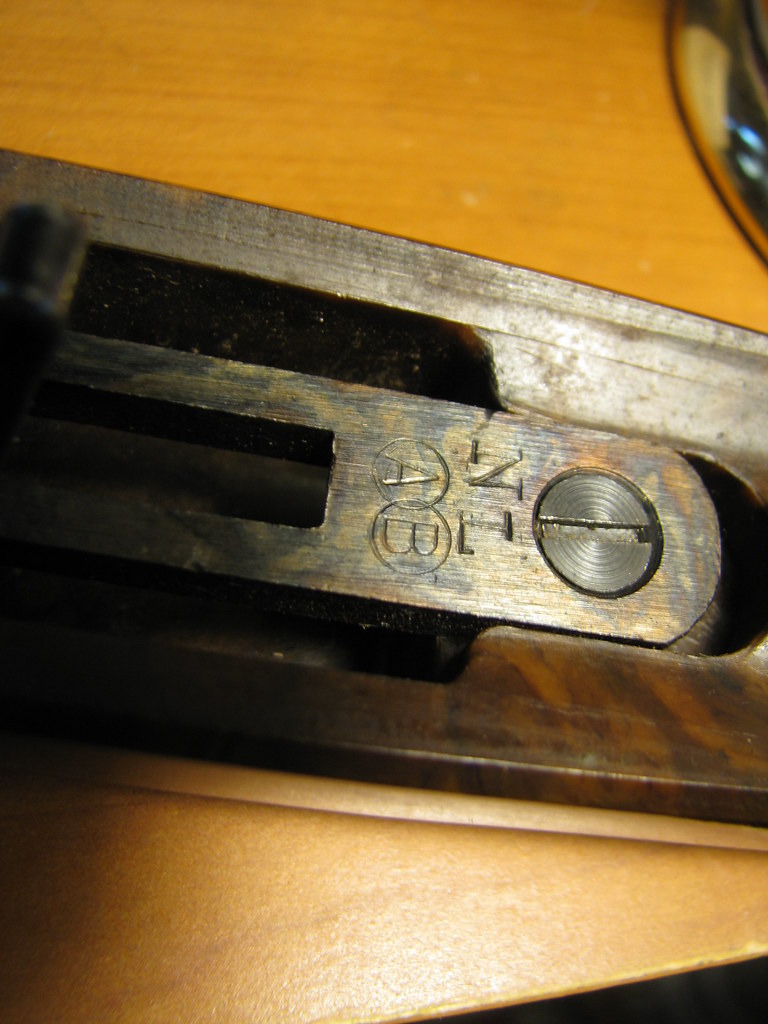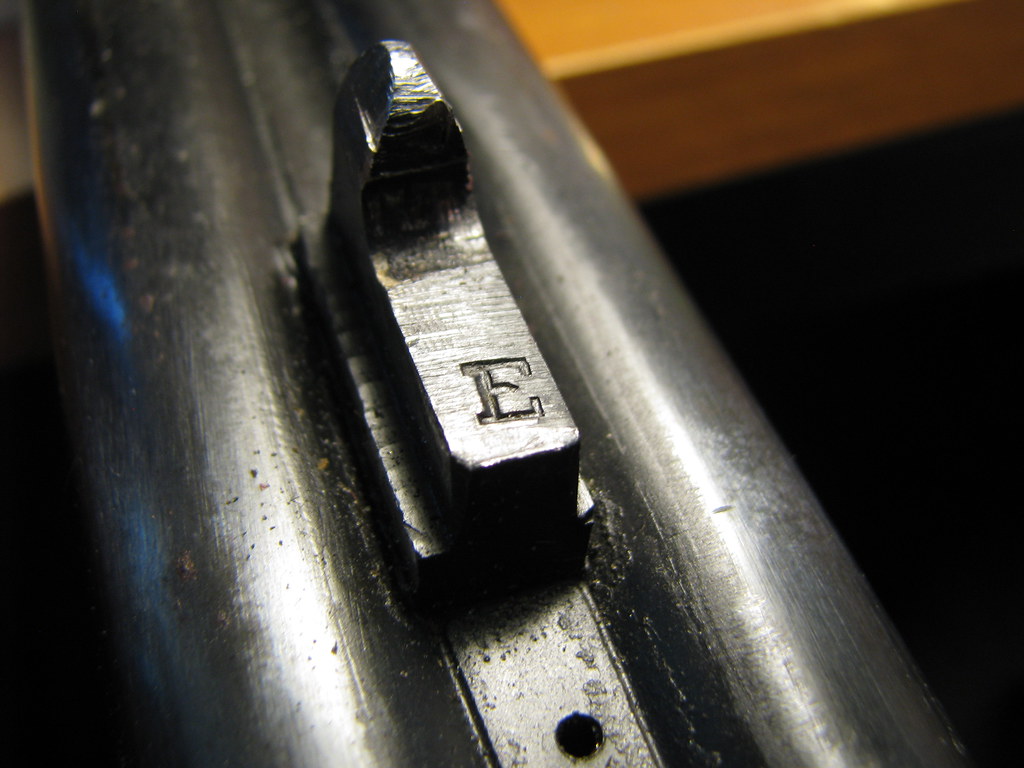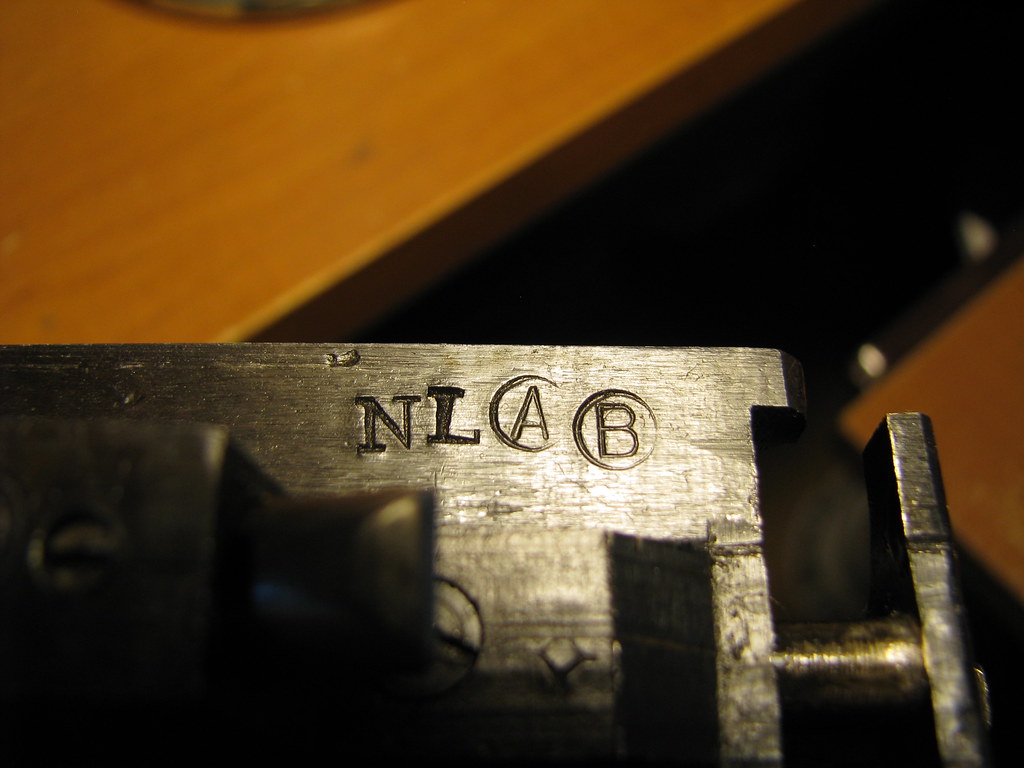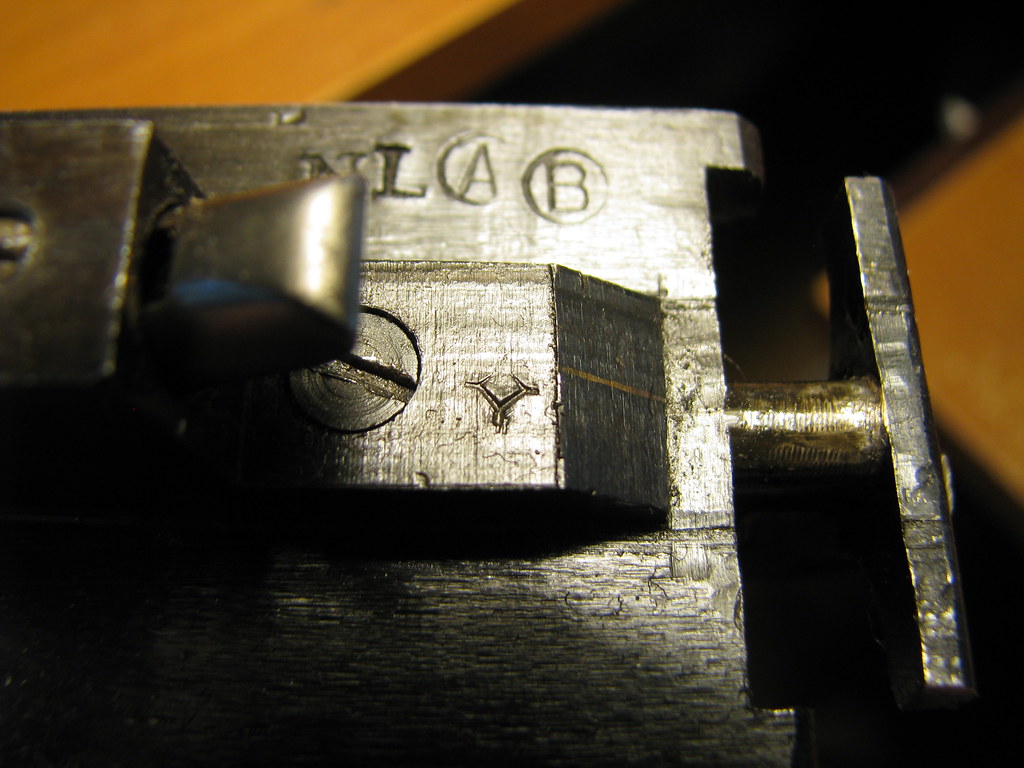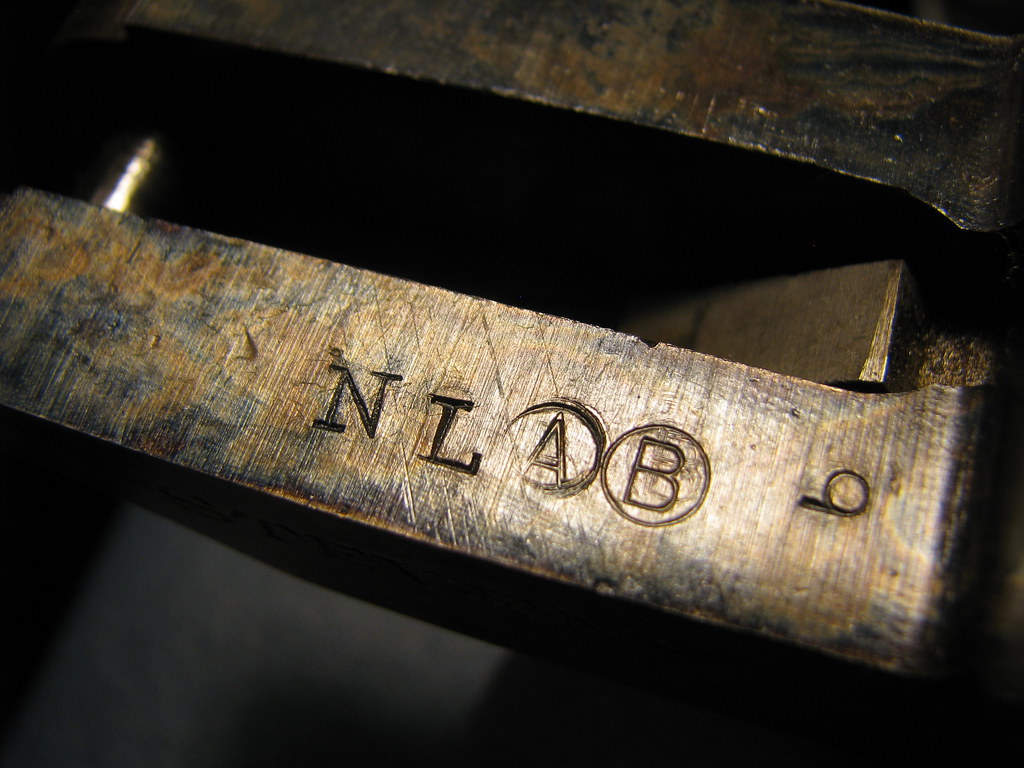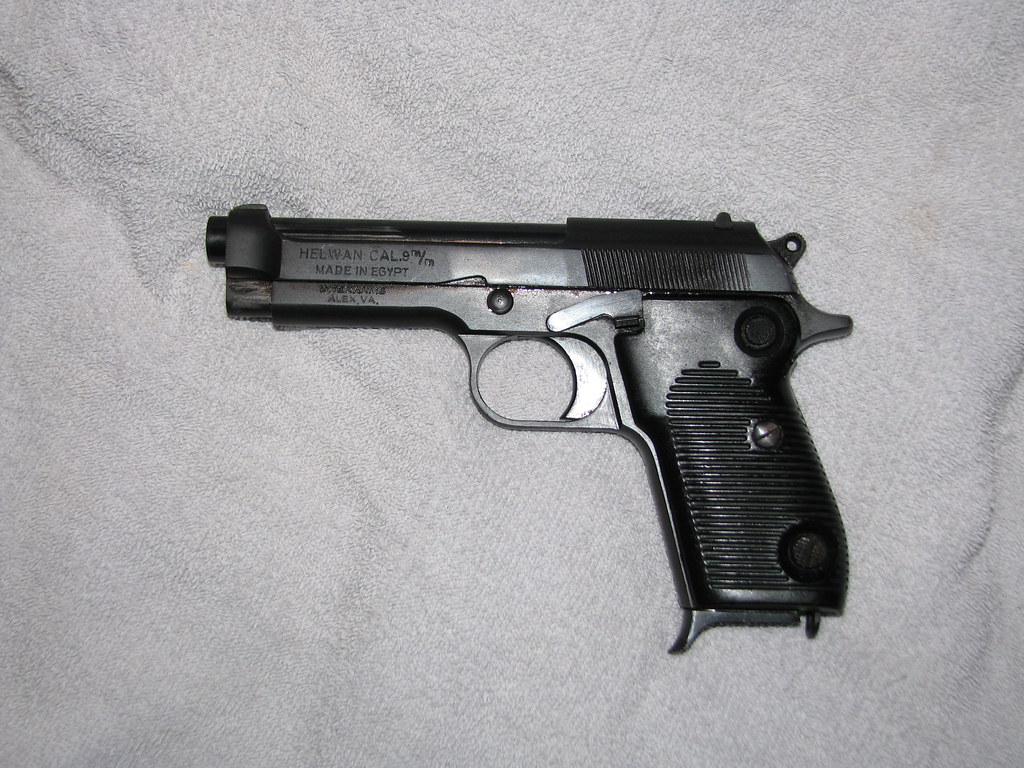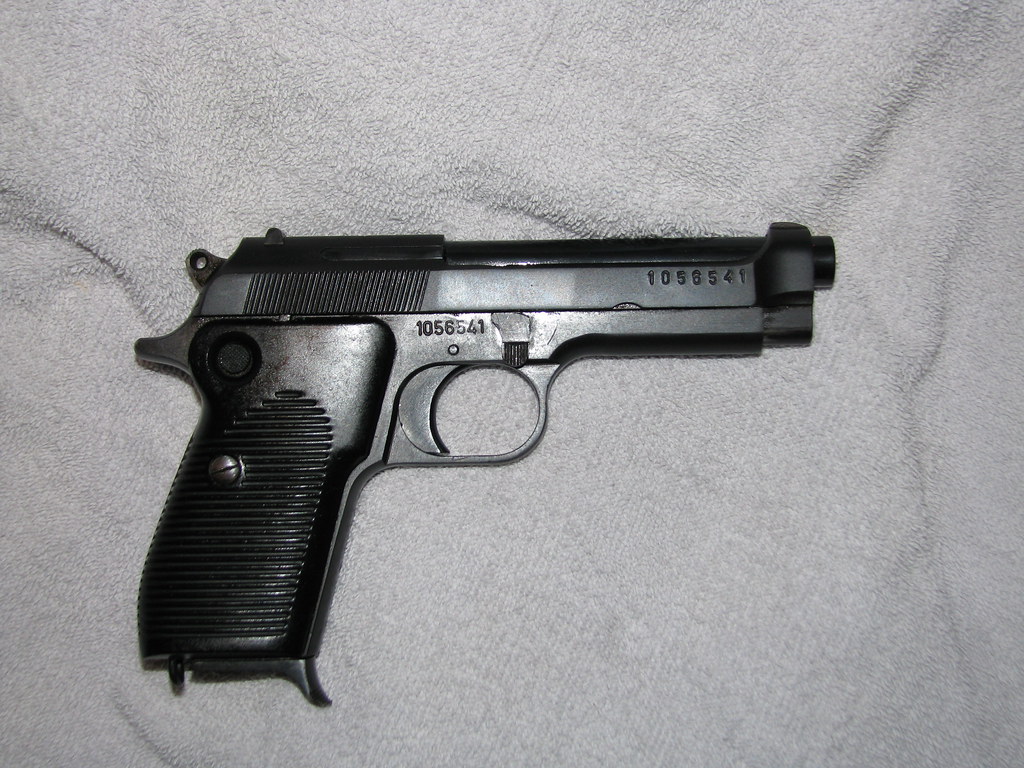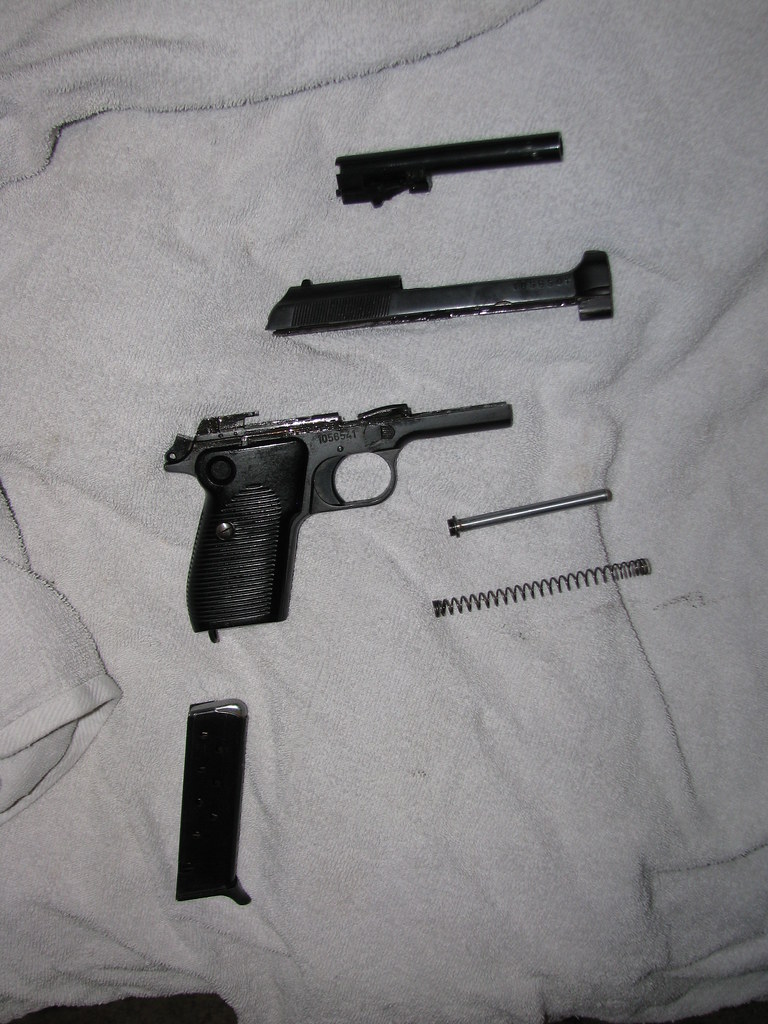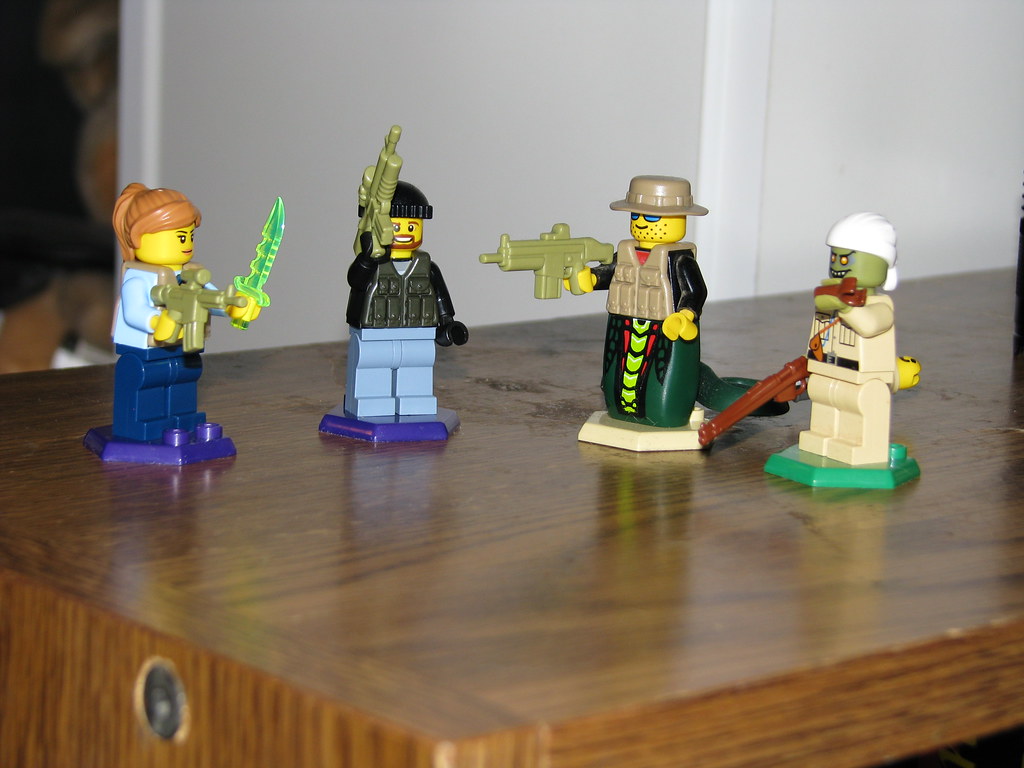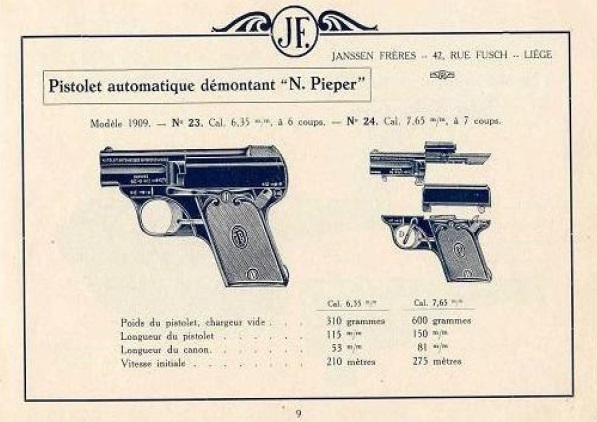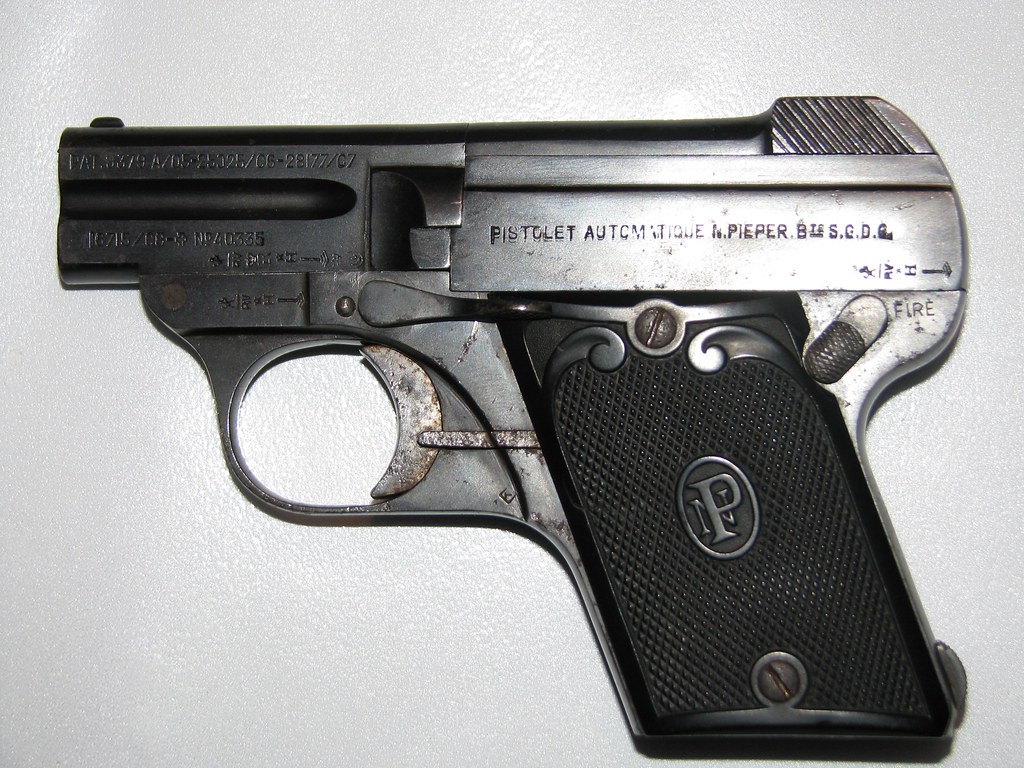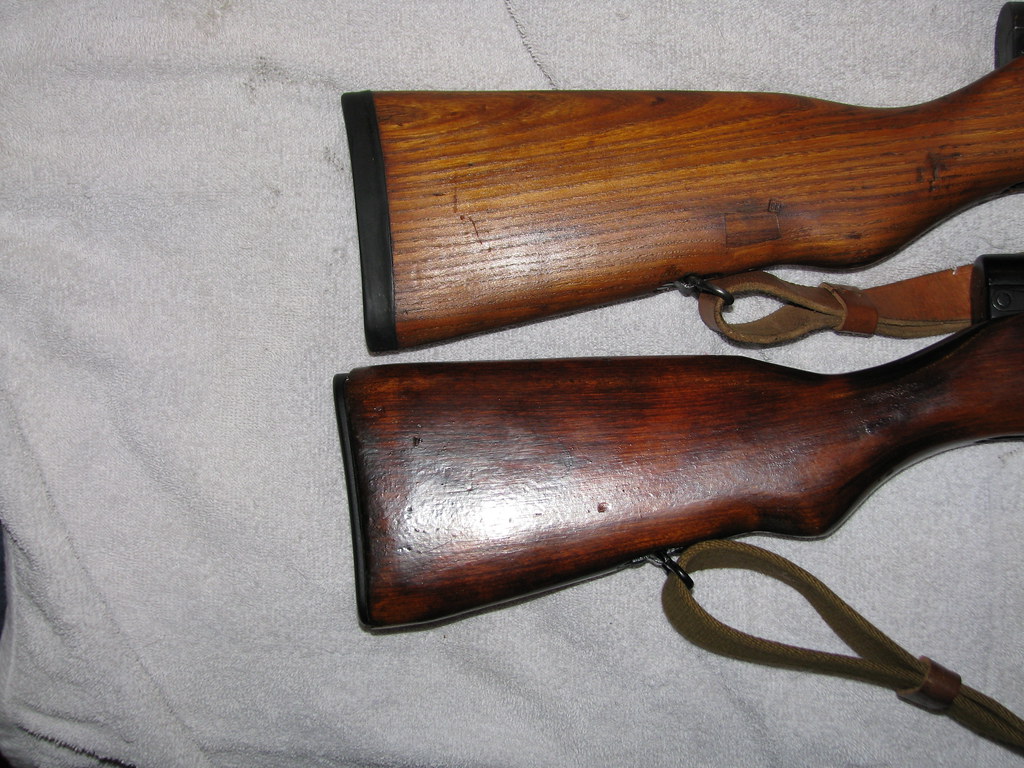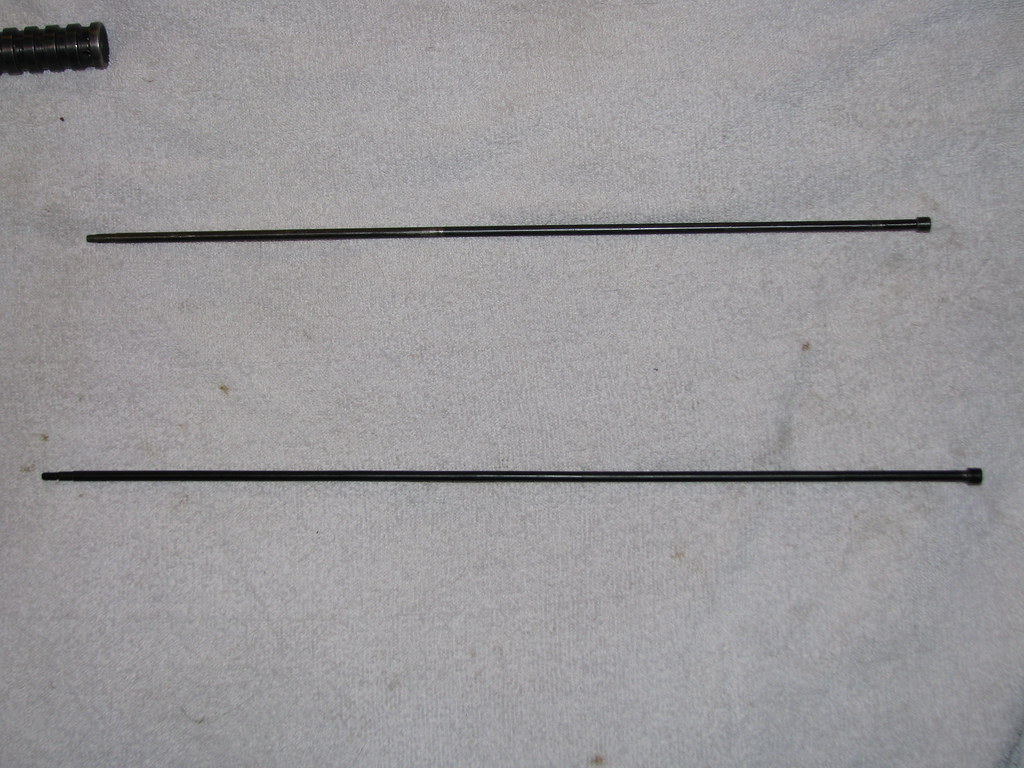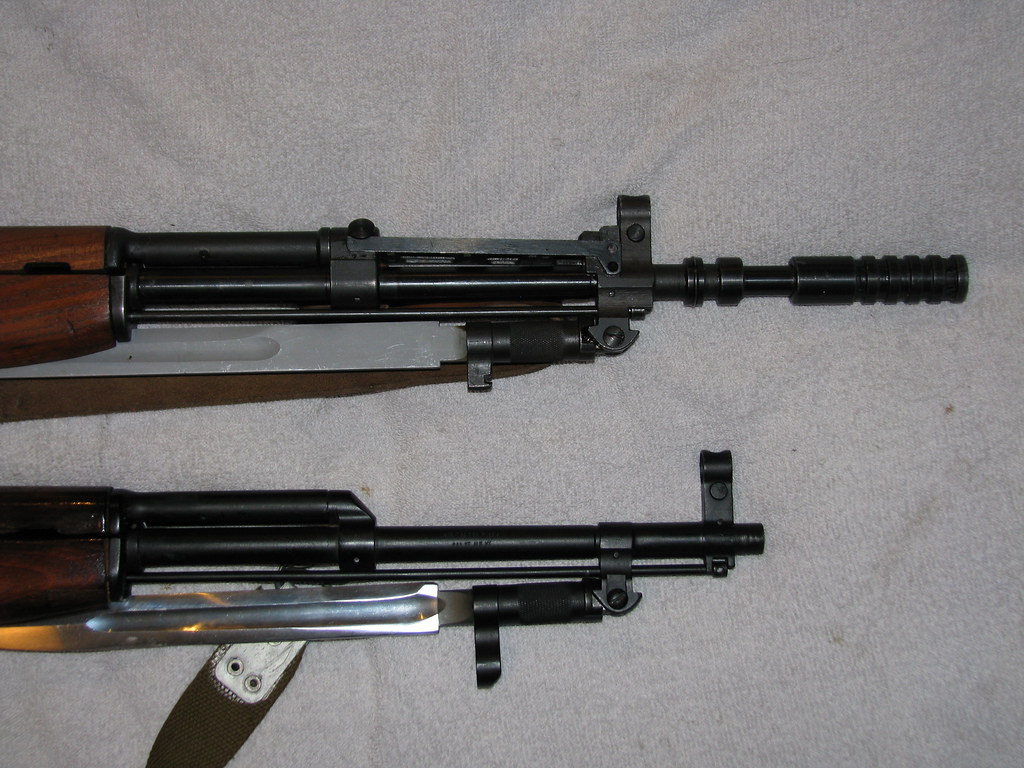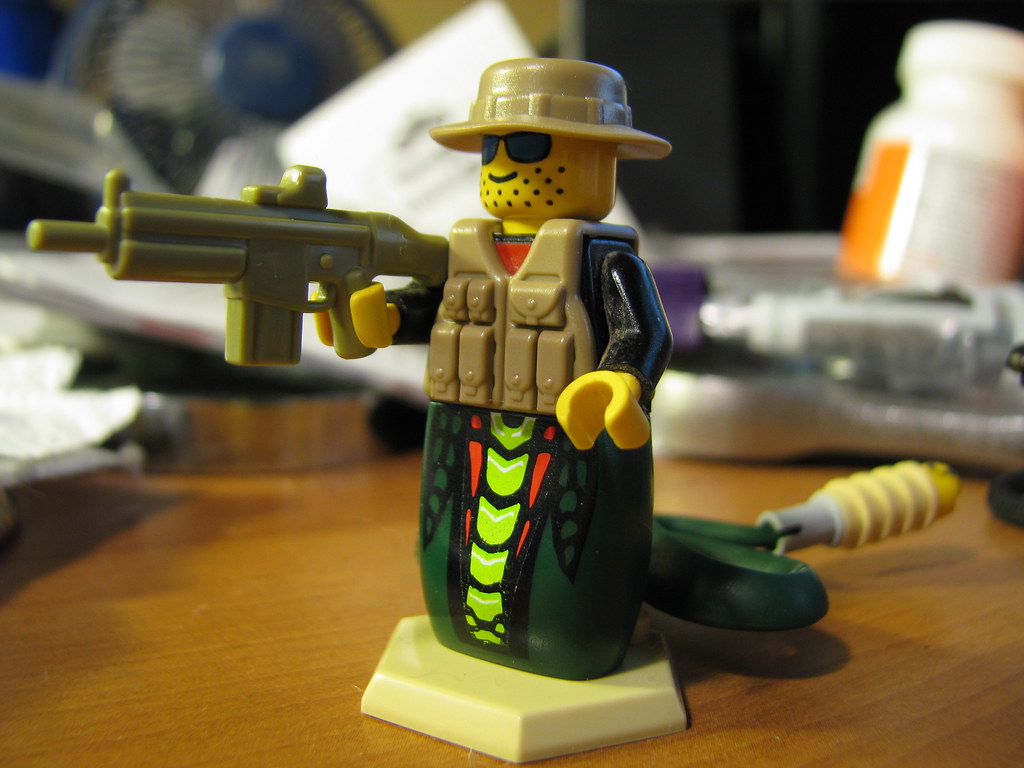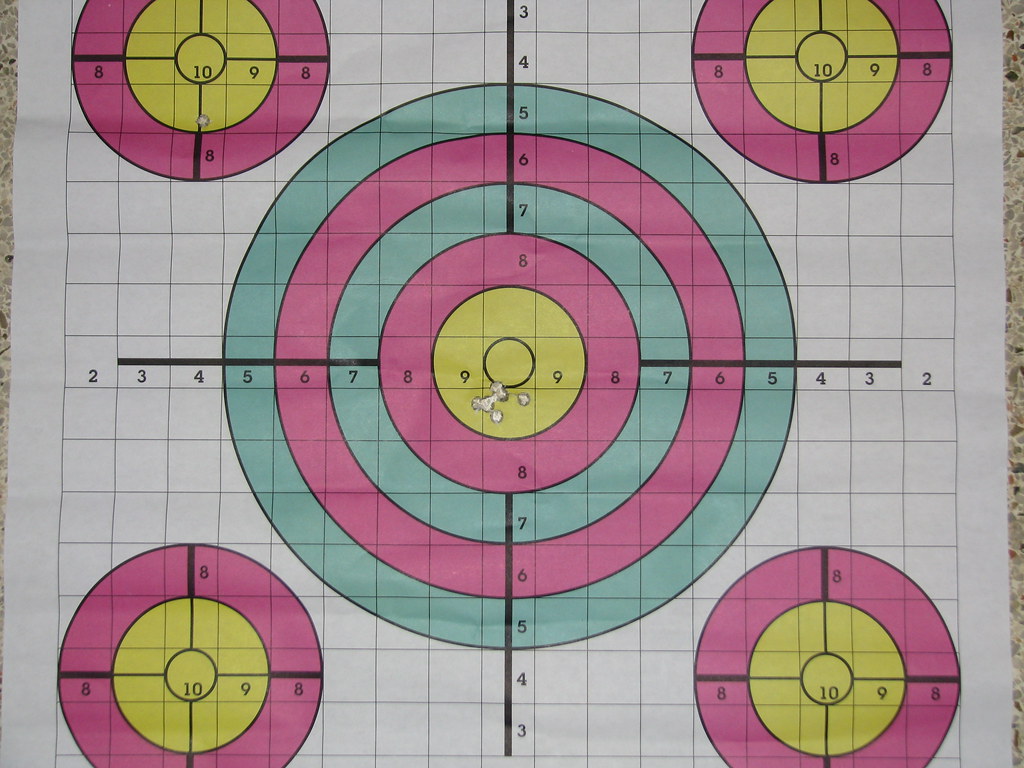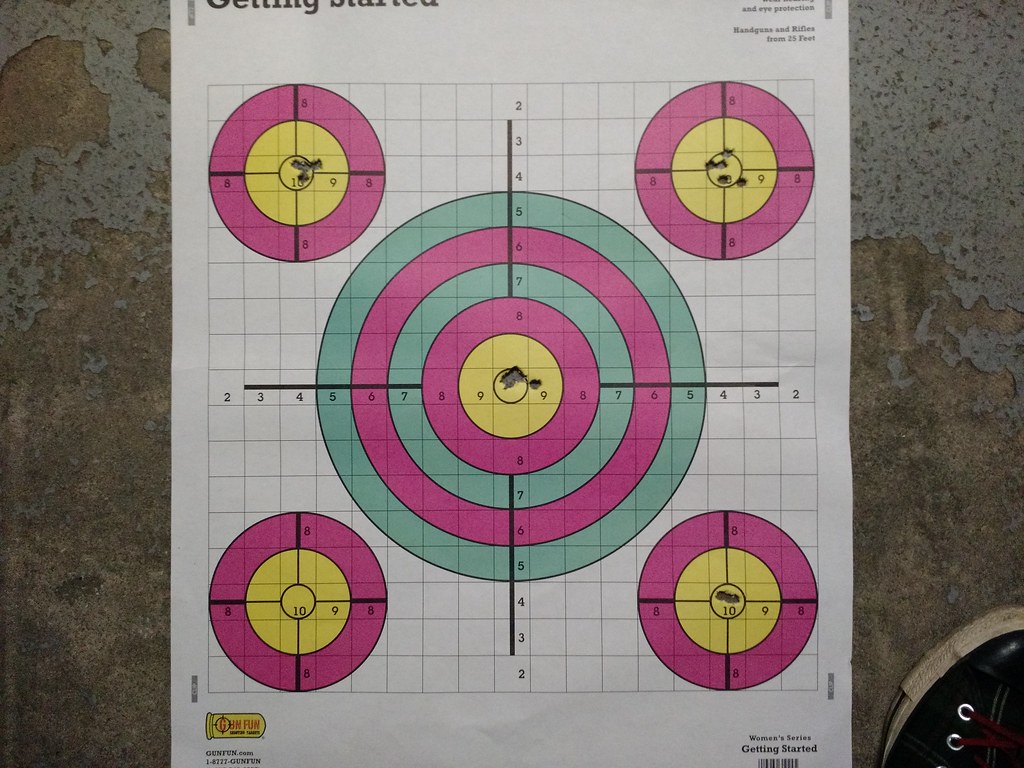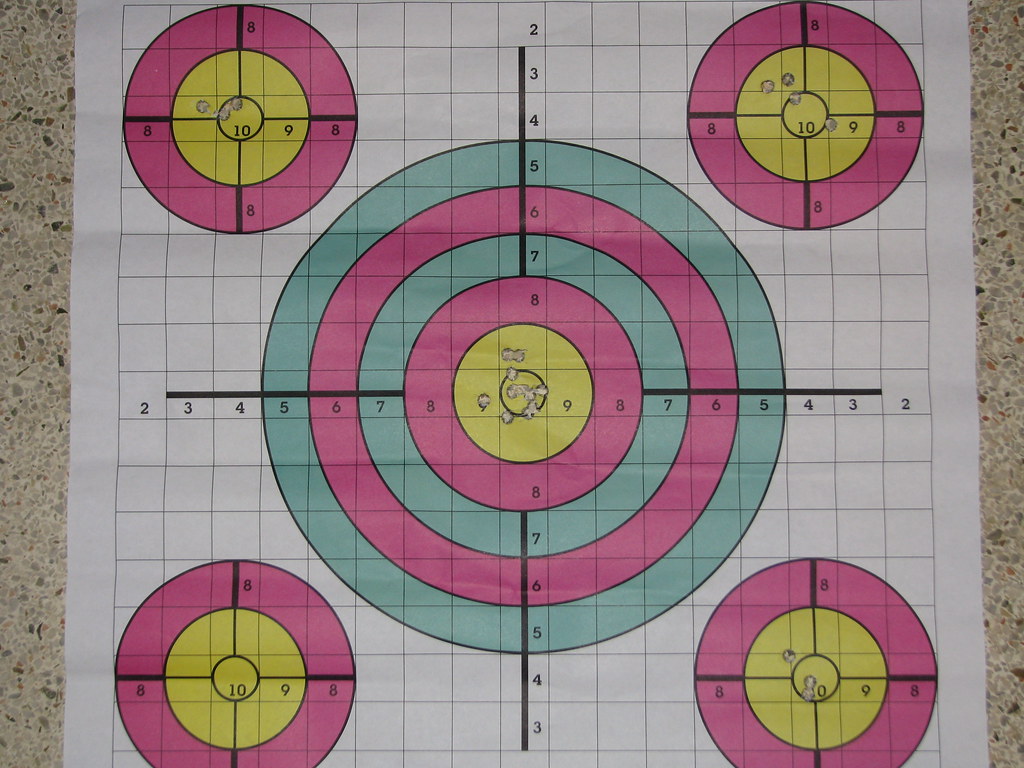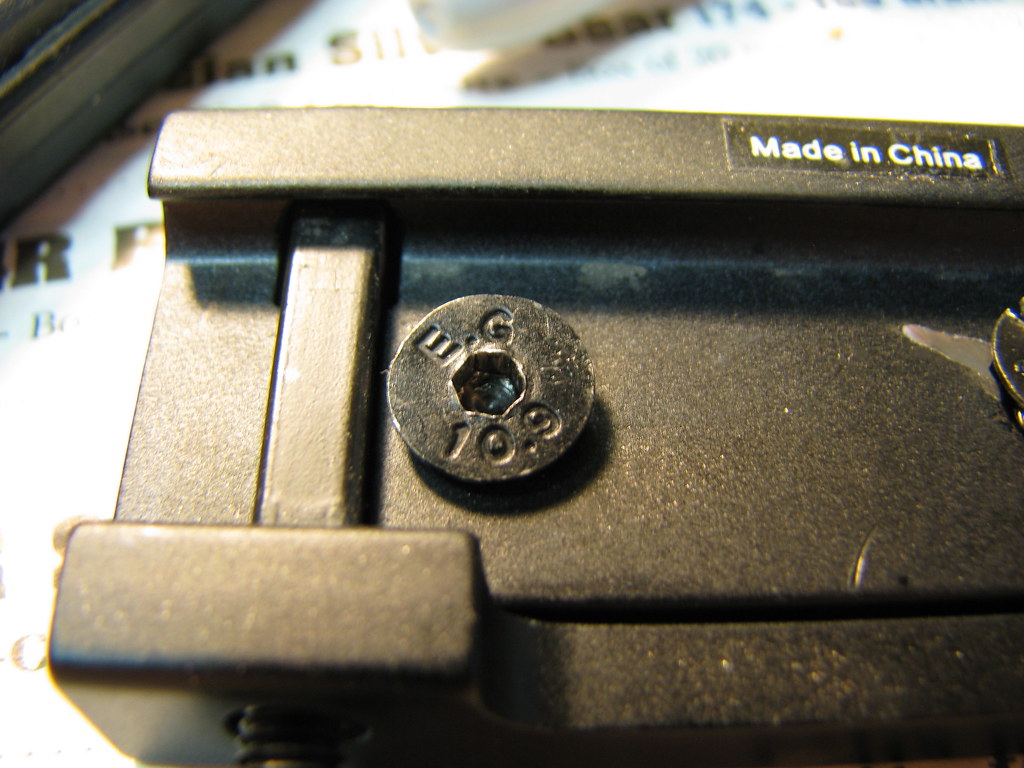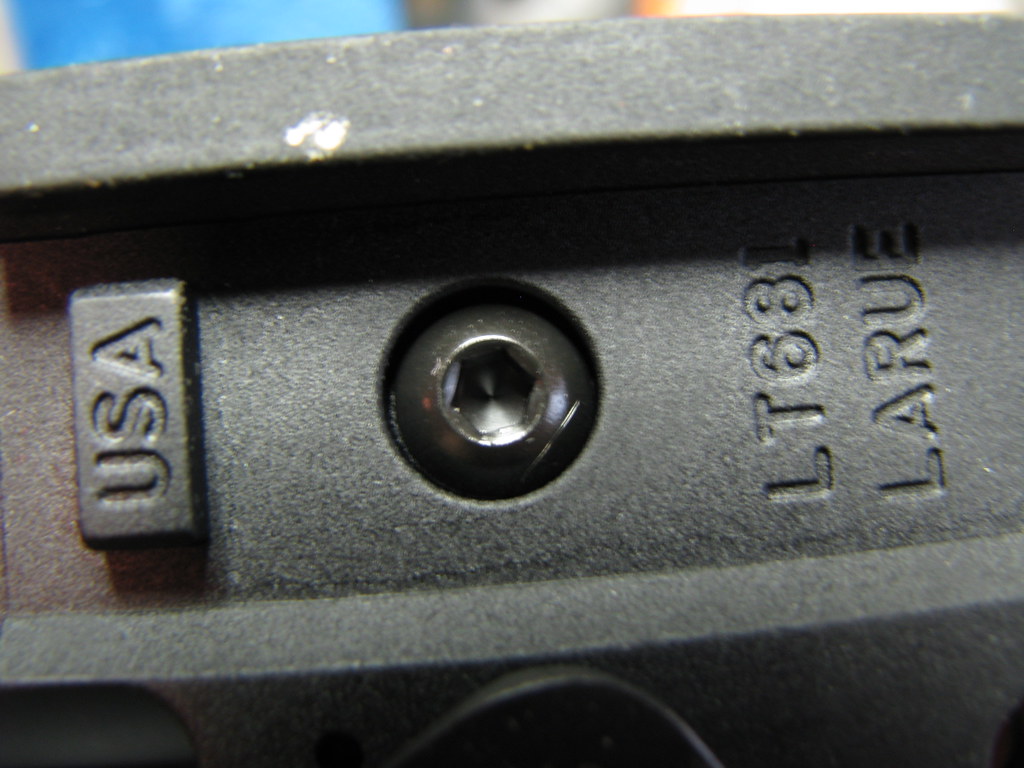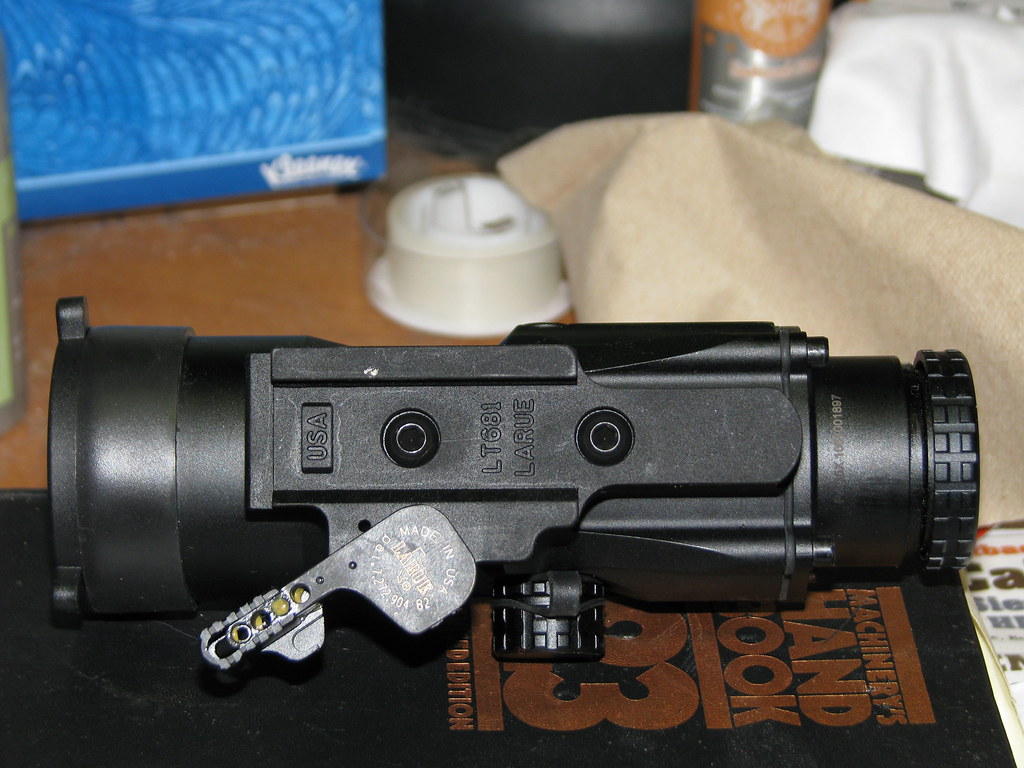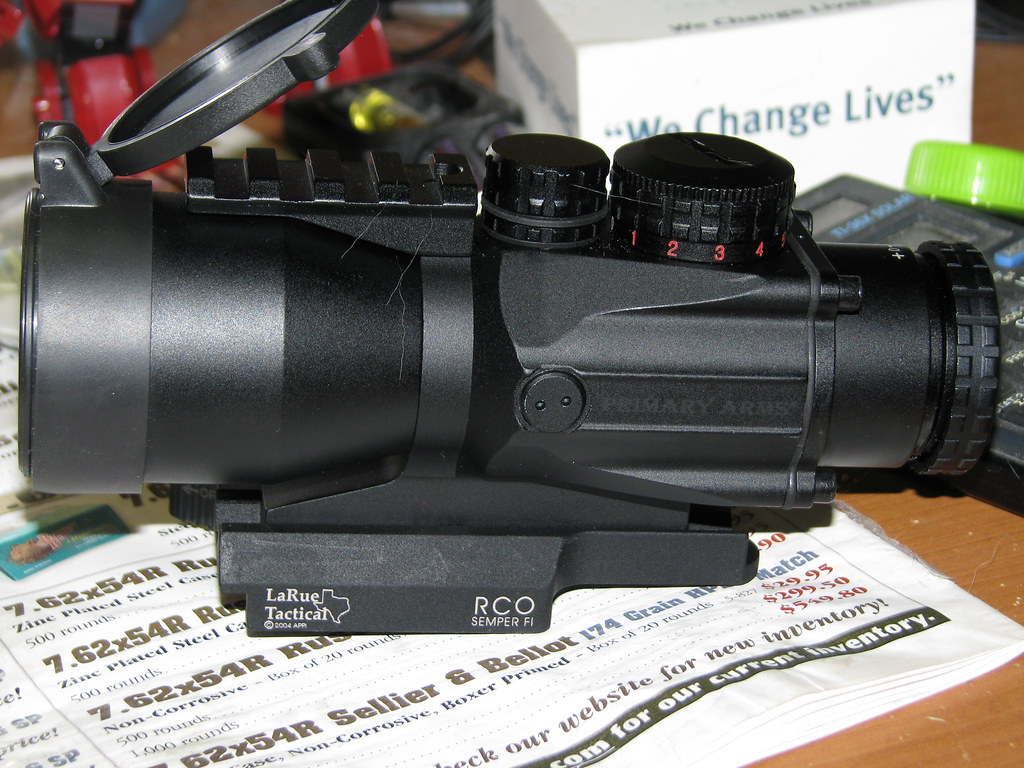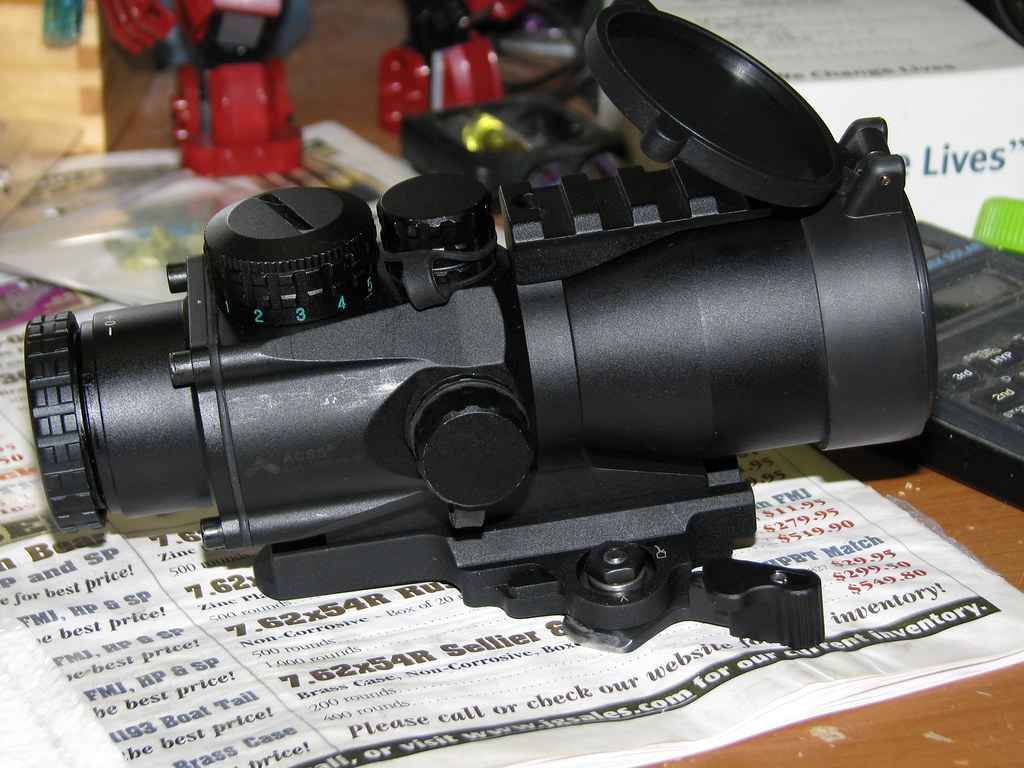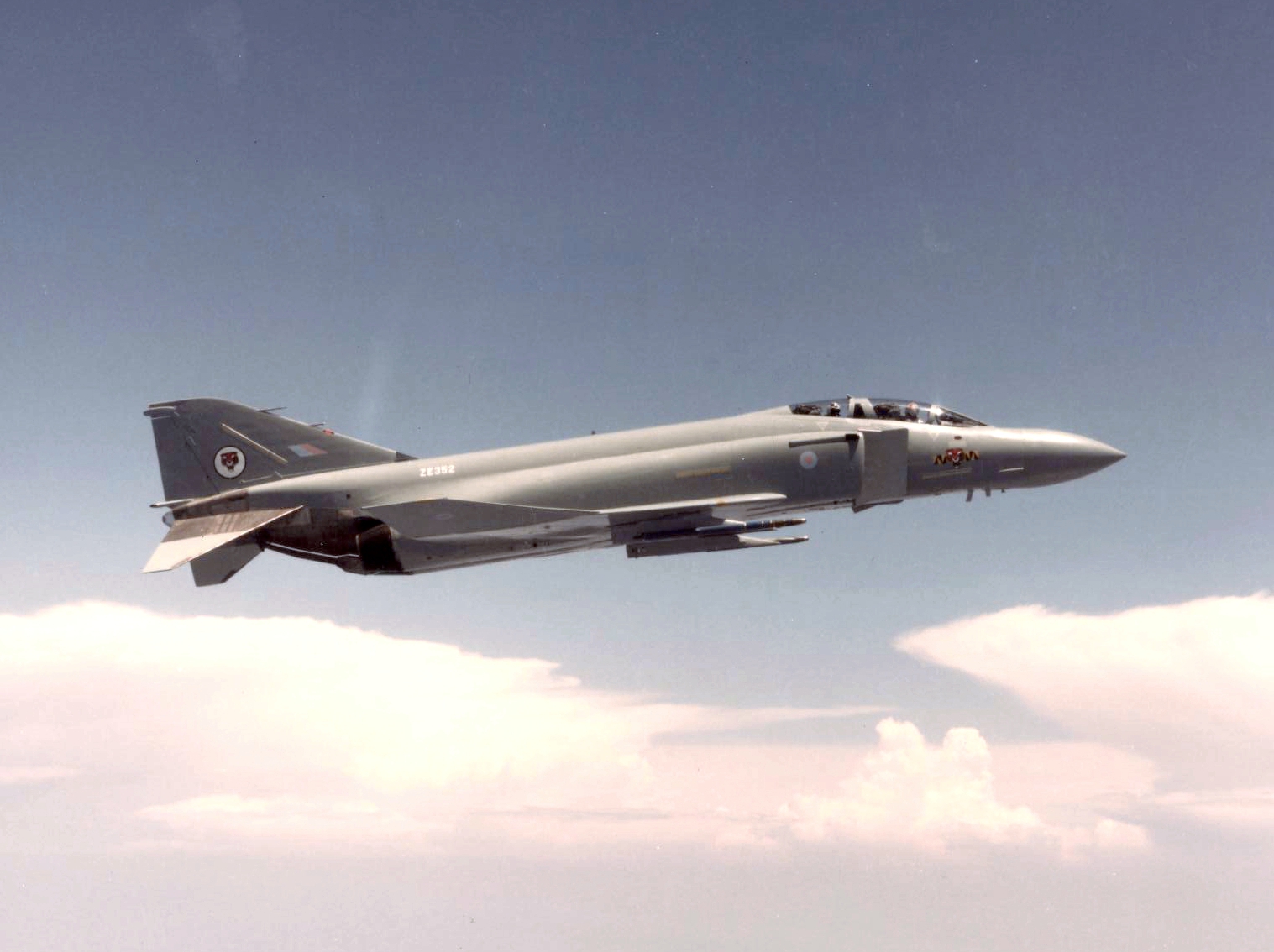 |
| Pic taken from: https://upload.wikimedia.org/wikipedia/commons/c/cd/F-4J%28UK%29_Phantom_of_74_Squadron_in_flight_1984.jpg |
After the brush-up in the Falklands, the RAF sent a four plane detachment from 23 Squadron consisting of four Phantom FGR.2.
Apparently, there was a shortage of Phantom in the RAF at the time and there weren't enough to go around to do this and still meet their NATO obligations.
So they gave Uncle Sam a call and asked if we had any Phantoms sitting around Davis Mothball doing nothing that they could borrow for a time?
Why, yes, we did have some surplus Phantoms!
This is where it gets a little odd in the designation end.
74 Squadron took delivery of the plane pictured above...
That's an F-4S. Short antenna fairings on the intakes, no vestigial IRST blister under the nose.
Or is it?
The F-4S is an upgrade modification to an F-4J. The US converted 302 of the 522 F-4J to this standard.
What the Brits took was some low time F-4J, that the US had not converted, and did much the same upgrades as the F-4S program, but with some UK specific parts added (such as compatibility with the SUU-23/A gun pod instead of the Mk4 Mod1); thus making an F-4J(UK).
I bought a 1/72 of the plane pictured because I wanted a Brit Phantom in my collection and the box claimed it was a Phantom F.3. The Brits never assigned a Mark 3 to the Phantom.
Mark 1 is the original Fleet Air Arm FG.1 (aka F-4K), Mark 2 is the RAF version FGR.2 (aka F-4M) and there it ends for their native labeling.
The adoption of the F-4J(UK) created something of a stir among the Phantom pilots in the RAF. They finally got to see first hand how badly they'd been robbed by the insistence of the MoD jobs program at Rolls Royce.
h/t Tam.



